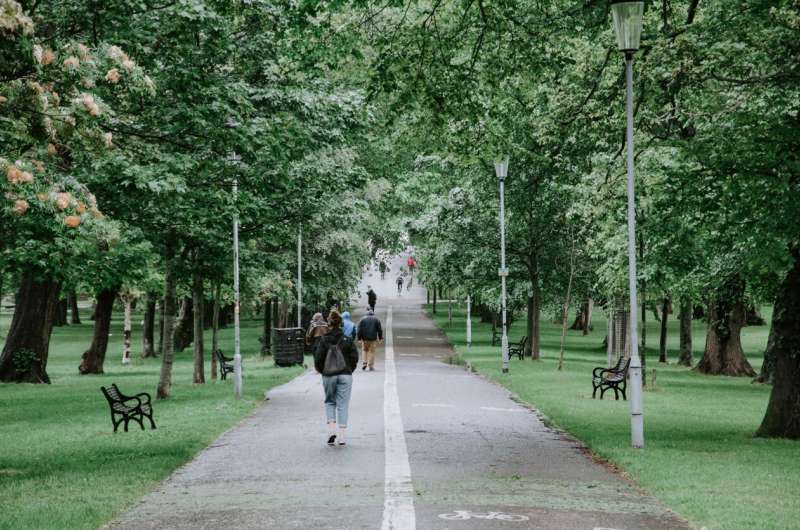Understanding Why Sleep Difficulties Increase During Summer

Summer's extended daylight hours and higher temperatures can disrupt your sleep cycle. Learn how light and temperature influence summer insomnia and discover practical tips to improve your sleep quality during the warmer months.
As the days grow longer and the sun sets later into the evening, many people look forward to summer. However, for a significant number, this season brings an unwelcome challenge: disrupted sleep or insomnia. Summer insomnia manifests as trouble falling asleep, early awakenings, or feeling unrested despite adequate sleep duration. This seasonal sleep disturbance can negatively impact mood, concentration, and overall metabolic health.
The primary culprit behind summer sleep issues is exposure to increased natural light. Our body's tissues possess internal clocks, which regulate physiological processes and are synchronized by a central clock in the brain called the suprachiasmatic nucleus (SCN). The SCN captures light signals from the eyes and adjusts the production of hormones like melatonin, which signals sleepiness, and cortisol, which promotes wakefulness.
During winter, shorter daylight hours help maintain a typical sleep-wake cycle. In contrast, the extended daylight in summer, especially in mid-latitudes where daylight can stretch up to 17 hours, shifts these hormonal signals. Evening light can delay melatonin production by about 30 minutes to an hour, while early morning light can suppress melatonin earlier in the day. These light-induced changes lead to a delay in sleep timing, resulting in less total sleep and decreased REM sleep—a critical stage associated with emotional regulation and memory consolidation.
Research involving sleep monitoring across different seasons shows that total sleep time shortens by approximately one hour during summer compared to winter. This decline is largely due to changes in REM sleep. Longitudinal studies also indicate that sleep duration and REM sleep decrease significantly starting in spring and continue into autumn, even in well-lit urban environments.
Latitude plays a role too. Populations living near the Arctic Circle experience more pronounced summer sleep disturbances, while those near the equator, with minimal variation in day length, report fewer problems. These findings demonstrate how sensitive human sleep is to natural light cycles.
Beyond light, temperature also affects sleep quality. Our core body temperature drops by about 1°C to facilitate sleep onset. Hot, humid summer nights can hinder this process, making it difficult to fall asleep. Elevated indoor temperatures, common during heatwaves, further disrupt sleep by increasing wakefulness and reducing deep sleep stages.
Individual factors such as chronotype—whether a person is naturally inclined to sleep early or late—also influence susceptibility to summer sleep problems. Evening types or 'night owls' may find it harder to fall asleep as brighter evenings and later sunsets push back their natural bedtime. Mental health issues, medication use (particularly drugs that suppress melatonin), and lifestyle habits such as alcohol consumption can worsen summer insomnia.
Fortunately, there are strategies to improve sleep during the warmer months. Natural morning sunlight exposure helps reset the body's internal clock, signaling the start of the day. Creating a dim environment at night, using blackout curtains or eye masks, minimizes early morning light exposure. Keeping indoor temperatures cool through fans, breathable bedding, and lukewarm showers can assist in lowering core body temperature, promoting better sleep.
In essence, humans remain biologically tuned to seasonal changes. While modern lifestyles flatten seasonal cues, our internal clocks continue to respond to variations in light and temperature. By aligning daily habits with natural light signals, we can mitigate the impact of summer on our sleep health and enjoy restful nights even in the warmest months.
Stay Updated with Mia's Feed
Get the latest health & wellness insights delivered straight to your inbox.
Related Articles
Grounding and Sleep: Exploring the Science Behind a Popular TikTok Trend
Discover the science behind grounding, a popular TikTok trend, and its potential to improve sleep and reduce stress. Learn what current research says about this natural practice and how it might benefit your health.
Majority of Chronic Pain Sufferers Use Comfort Eating as a Coping Mechanism
A new study reveals that over 66% of people with chronic pain turn to comfort foods like chocolates and high-calorie snacks to manage their discomfort, highlighting the psychological and biological factors involved and the need for integrated pain management approaches.
Experts Warn: Extreme Heat Can Be Life-Threatening for Older Adults
Older adults face increased health risks during extreme heat waves. Learn effective strategies to prevent heat-related illnesses and keep seniors safe in hot conditions.
Embracing Nature-Based Therapy: Enhancing Healthcare Through Fresh Air and Green Spaces
New research highlights the vital role of outdoor environments in promoting health and well-being, urging healthcare to integrate nature-based therapies into routine practice to benefit diverse patient populations.



